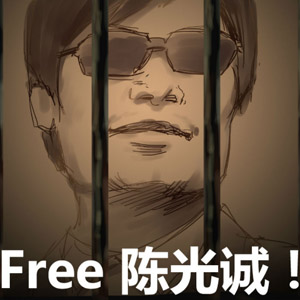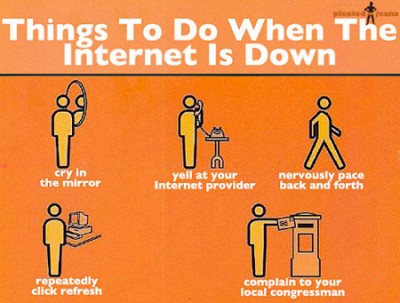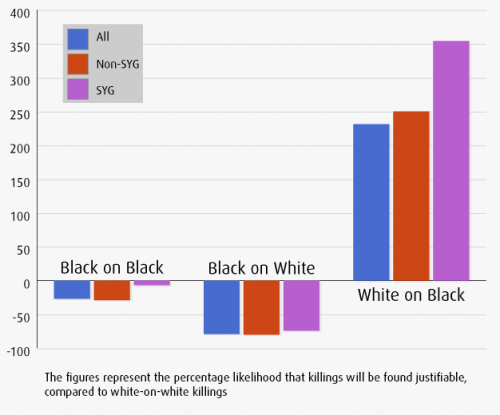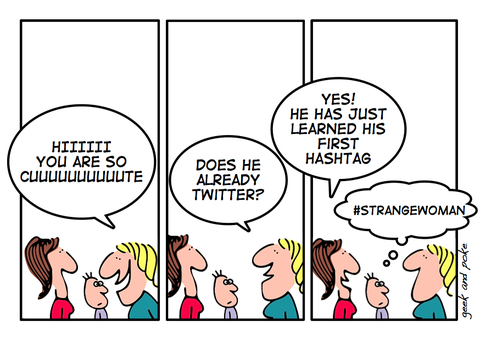
In 2006, my final year of undergrad, I participated in a Chinese language and culture scholarship program. We learned to speak and write in Mandarin for two semesters, followed by a month long trip in the summer. As tends to happen, I’ve forgotten most of the language. The lessons, however, have stuck with me. Along with humbling experiences of climbing the Great Wall, walking through the Forbidden City, and sampling tea in the rural mountains, I remember a few incidents in which Chinese censorship took me by surprise. For instance, on the day after we visited Tiananmen Square, I studiously went to an Internet café to learn more about the events that transpired at the historic site. Besides iconic images of tanks and soldiers, I was admittedly uninformed about most of the details. The tour guide only made one quiet allusion to the Cultural Revolution, and quickly changed the subject. The Internet, I hoped, would help me grasp the cultural and historical magnitude of the space I’d just inhabited. No such luck. Google was more tight-lipped about Tiananmen Square than our knowledgeable but cautious guide.
China is infamous for its censorship policies and practices. Amnesty International claims that China imprisons more journalists and ‘cyber-dissidents’ than any other country, and maintains a sizeable “Internet Police” force, up to 50,000 officers strong. But recent studies by Political Scientist Gary King show interesting and surprising patterns in censorship enforcement. His data show that government censorship of digital activity is less about quieting criticism, and more about squashing physical mobilization.
King and his colleagues posted content on several sites, as well as maintained their own sites in an effort to see 1) what kinds of content were censored, and 2) what they, as site administrators, were asked/required to censor. They found that the tenor of the message mattered little, but the intent mattered a lot. Negative political sentiment was typically left in tact, while both negative and positive efforts to mobilize were quickly removed by regulatory forces. This likely has to do with releasing political pressure valves in a safe way, while gaining access to public opinion in the absence of elections.
Human rights aside, my inclination is to criticize the Chinese government for their dualist assumptions. Criteria for censorship assume that digitally mediated interactions only become real when moved offline. And yet, through their censorship practices, the Chinese government enact a system of communication in which offline political action is more real than digital engagement in both outcomes for the movement and consequences for dissidents. Offline mobilization disrupts the ongoings of government and business, and so results in physical detainment of disruptors. Digitally mediated engagement does not, by itself, disrupt government and business in this way, and dissidents are largely left alone.
That is, this powerful government is *so* powerful that they can—and have—solidified imaginary lines. The careful distribution of freedom expresses the depth of government control perhaps even more so than a stifling blanket of despotism. These criteria are such that political engagement happens, but only so far as it remains dispersed, mediated, and out of the streets. Through these regulatory criteria, the Chinese government renders digitally mediated political action impotent, and in very tangible ways, less real than boots on the ground.
I have written previously on the ways in which the theoretical digital-physical divide must be understood with regards to empirical variations in the degree of integration between physical and digital. The regulatory practices in China represent what I call a juxtapositional relationship, one in which the digital and physical are related through opposition. More concretely, digitally mediated political discourse is juxtaposed or defined against the kind of action in which bodies share physical space. What I didn’t talk about in my discussion of materiality, however, was the role of power. This is a huge point to have missed. The degree of integration between physical and digital is not haphazard, but rooted in human action. And, as always, those humans with efficacy to act are those who hold power. In this case, the Chinese government holds relatively greater power than individual citizens. As such, the government structures the degree of integration between physical and digital in a way that—with scalpel-like precision—allows chatter but not action. In theoretical terms, this couples a juxtapositional framework with an explicit judgment and enforcement about what kinds of political acts are, and are not, real.
To be sure, the binary between physical and digital is false. It is a linguistic and discursive fallacy to speak of physical and digital as inherently distinct entities. However, as is the case in China, what we believe to be real is real in its consequences—especially when the purveyors of reality have the resources to enforce the boundaries that they’ve drawn.
Headline Pic: via http://www.theworld.org/2012/05/story-chen-guangcheng/
Follow Jenny on Twitter: @Jenny_L_Davis

















